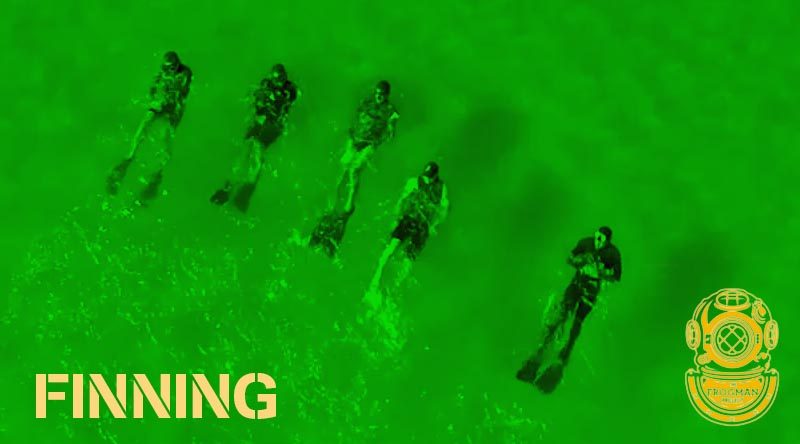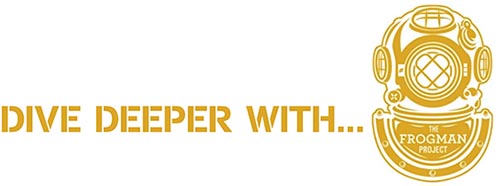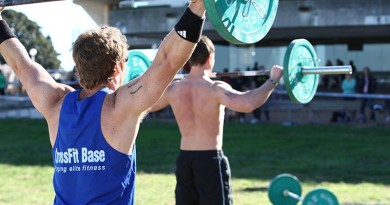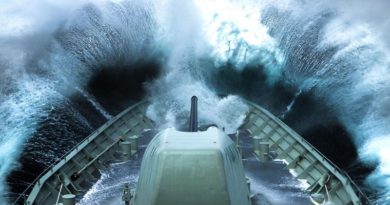Finning – a basic skill for CD selection and general fitness
Share the post "Finning – a basic skill for CD selection and general fitness"

The military diver uses a method called “finning” as a mode of transportation and to conserve gas from their dive set. There is a fine art to finning as the risk of being compromised is a concern. Here are our tips to becoming more efficient at finning.
What is finning?
Basically you are lying on your back in the water with fins and dive gear on. Hands are by your side (stream lined) and you commence kicking. Easy right?
Well if you are training for the notorious RAN Clearance Diver Selection Test then this method ‘finning’ will definitely be put to the test.
There are many selections within the Australian Defence Force with various military fitness requirements but there is only one that requires the candidate to ‘fin’.
If this is something you want to go for in the future or even if you want to train this for general fitness, then take note of the following basic finning techniques. These have been trialled and used on operations and previous selections.
Think “High speed, low drag”
Your body needs to be as straight as possible to create minimal water resistance while moving. Bring your arms close to your side and your head down to a neutral position.
Knees remain under water
Every time your knees breach the surface they will act as a break, thereby decreasing your precious momentum.
Kick from the hips
This may feel weird at the start as muscle groups haven’t really been used like this. If going longer than 1 hour your ankles will love you for this.
Vary your load out
A great way to get better at finning besides better technique is to increase drag in training. This can be achieved by wearing coveralls to create further friction within the water.
Injury self-management
Its best practice to protect against anything that will compromise your success in passing an evolution or selection. A common problematic ‘hot spot’ or rubbing can be caused by the constant movement of rubber against skin on the feet from your fins. To combat this, firstly, finding the perfect sized fin for your feet is a must! And, secondly, know where you rub and use waterproof strapping tape to reduce the wear and tear.
Mind/Muscle connection
This may sound like a load of poo, but it works. When you are engaged in the activity think about the muscle groups you should be firing. We have a lot of people mention sore ankle or shins, this can be associated from not using the major muscle groups – for example, hamstrings, glutes, quads and core. Try to connect with at least one of these groups in your next training session and you will know the next day if you feel a difference. Eventually the groups will grow stronger and, with practice, you will be able to recruit all major muscle groups, thereby increasing your efficiency and performance.
Flexibility/Mobility
These two categories play a major factor in mechanics and performance when finning. Trigger point release with a lacrosse ball underneath the soles of your feet is a must. This can reduce muscle tension with the ankle, calf and hamstring. Stretching out the hip flexors and psoas muscle is also crucial for proper hip movement and will help prevent lower back pain.
Watch Frogman members put these lessons into practice, in Rockingham, WA…
Summing up
Finning is an art practiced for years by military divers all around the world.
If you take the time to understand these techniques and implement them into your training then this will turn into confidence and strength you can draw on in training, selections and operations.
Happy training.
.
.
.
.

.
.
Share the post "Finning – a basic skill for CD selection and general fitness"






